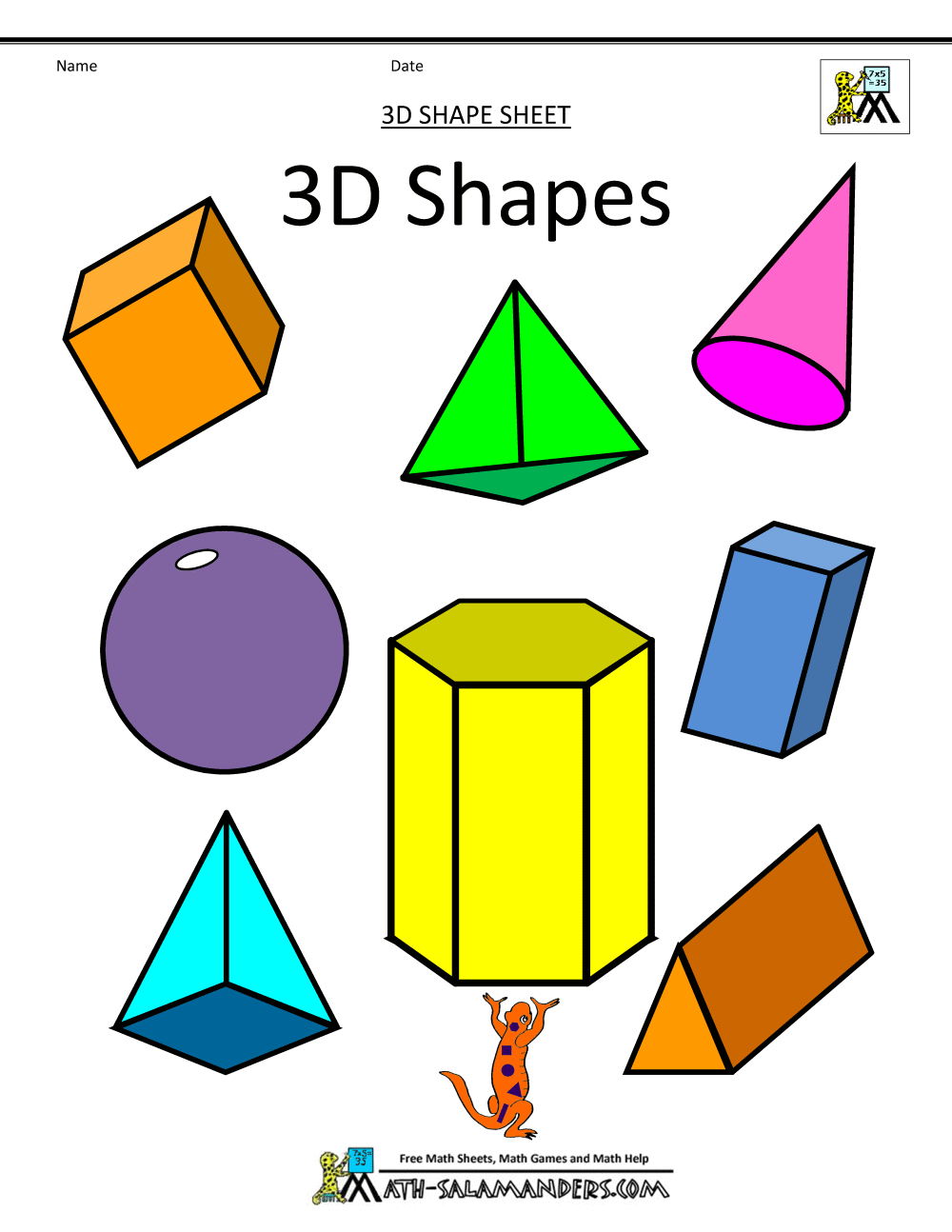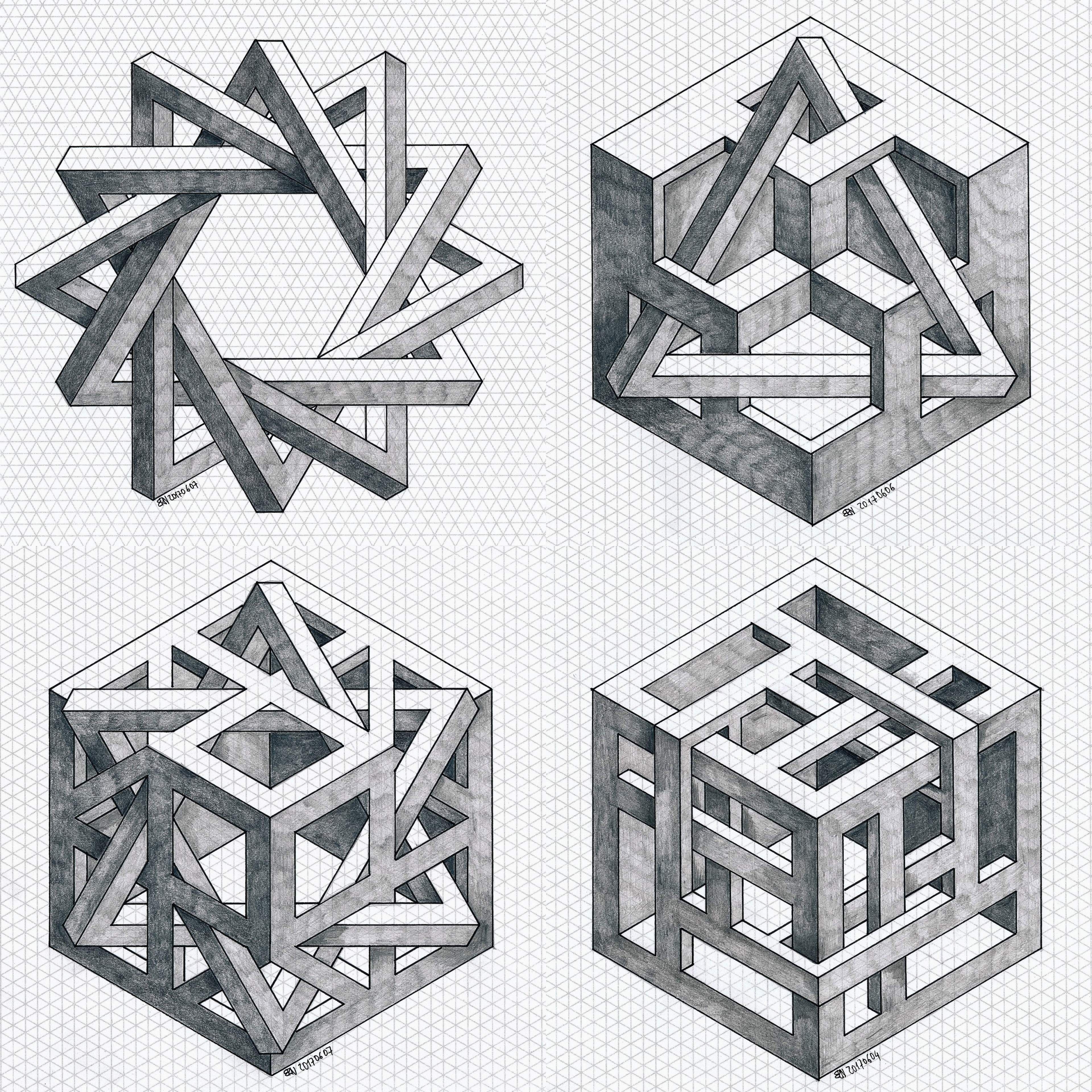
Spatial reasoning skills in 3D geometry problem solving with 2D representations Finally, we suggest some ideas for such teaching interventions. We then discuss what implications can be gained from our study which we believe to be useful for designing effective teaching interventions for improving students’ spatial skills and knowledge. We then report findings from our survey of 1357 students from grades 4–9 in Japan and our observations of students’ thinking in a classroom-based study with a lesson based on a sample of tasks used in the survey. In what follows, we first construct our theoretical framework to consider the relationships between, and student use of, spatial reasoning skills and domain-specific knowledge of geometry. In particular, if common patterns in student skills and difficulties can be identified, then such information is likely to be useful for designing effective teaching interventions for improving students’ spatial skills. 2016) but also across primary to secondary schools to obtain a more comprehensive picture of the development of students’ understanding. More research studies are needed, not only of the teaching and learning of 3D geometry in primary schools (Sinclair and Bruce 2015 Sinclair et al. We study students from across the grades from primary to secondary because in mathematics education research not so much has been reported about students’ reasoning with 3D shapes across primary and secondary schools.

We pose these questions because we speculate students’ use of spatial reasoning skills might be related to their domain-specific knowledge around elements, properties and concepts of geometrical figures (see next section).

RQ2: What can be learnt from students’ use of such skills and knowledge in order to design and implement future interventions to improve their skills and knowledge? RQ1: How do students across the grades use their spatial reasoning skills and domain-specific knowledge when tackling problems involving 3D geometrical shapes represented in 2D? In this paper, we particularly focus on the following two research questions: Our goal is to identify students’ spatial reasoning skills, and how they use their skills and knowledge to solve geometrical problems, in order to design interventions to improve teaching. At the same time, research studies also suggest that spatial skills such as manipulating given representations and reasoning can be improved through certain training or interventions (e.g. ( 2018) say that an “integrated definition of spatial reasoning” includes the skills related to mental manipulations of visual stimuli, transforming spatial forms into other visual forms with analytical thinking of structural features of spatial forms (p. When working with problems involving 2D representations of 3D shapes, students use various skills to solve the problems. In geometry, figures are often in the form of diagrams (on paper or computer screen) and working with such representations (including geometric figures imagined by students) is important during geometric reasoning (Lowrie 2012 Fujita et al.

In this, geometrical reasoning is a vital component in students’ tackling of problems involving geometrical figures.
#Geometrical shapes in 3d how to#
To learn how to work out the volume of 3D shapes click here.In a recent research review, Jones and Tzekaki ( 2016) summarise how research is focussing on “the development of students’ knowledge regarding understanding of geometric figure, definitions and inclusion relations, identification of shapes and language issues” (p. To work out the volume of the whole 3D shape you used cubic units such as cm 3. You can learn how to work out area of a shape here. To work out the area of a face of a 3D shape, you use square units such as cm 2 as the face of a 3D shape is a 2D shape in its own right (a pyramid’s face will form a triangle, or its base a square). A face is a 2D shape that makes up one surface of a 3D shape, an edge is where two faces meet and a vertex is the point or corner of a geometric shape.


 0 kommentar(er)
0 kommentar(er)
